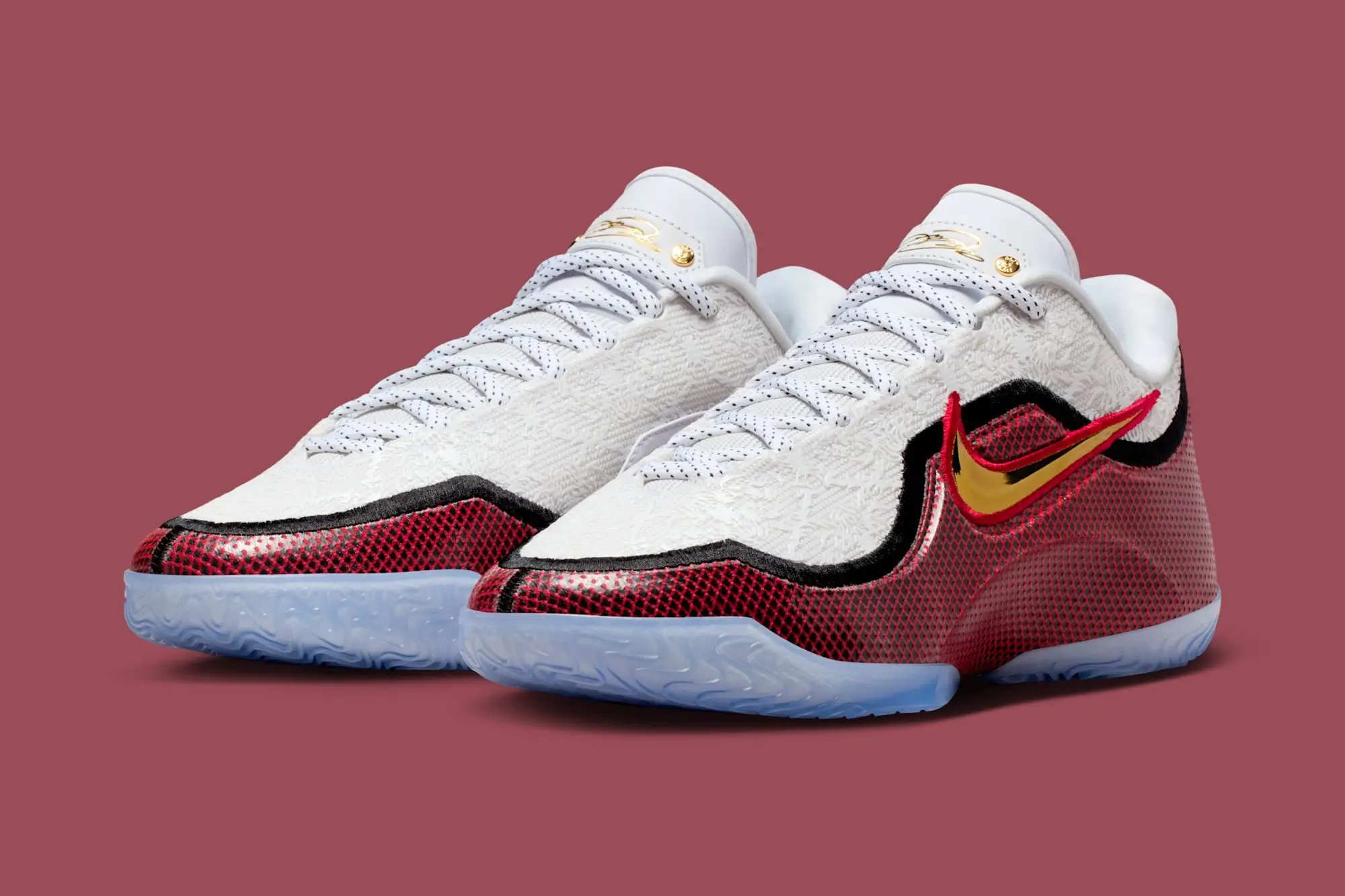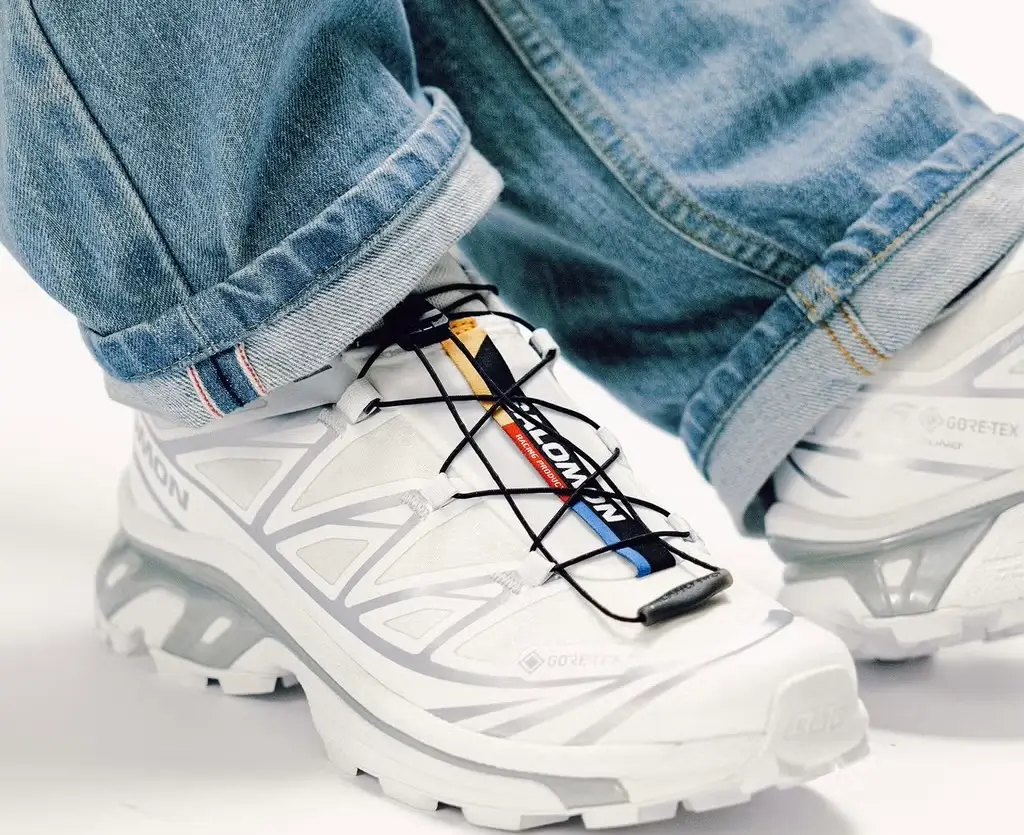Hoka, the French-American footwear brand known for its maximalist running shoes, has introduced a new colorway called “Deep Umber.” This brownish hue represents a departure from the brand’s traditional palette of vibrant and eye-catching colors. Typically, Hoka is associated with bold combinations of bright yellows, blues, and greens, designed to make a statement both on and off the running track. However, the introduction of “Deep Umber” signals a strategic pivot towards more subdued, earthy tones that cater to a broader audience—one that values both functionality and fashion.
The shift in Hoka’s color strategy reflects the evolving tastes of consumers, many of whom are gravitating towards neutral colors and minimalist aesthetics in their lifestyle choices. In this critical analysis, we’ll explore how the new “Deep Umber” colorway aligns with broader design trends, enhances the appeal of Hoka’s product line, and positions the brand within the competitive footwear market. We’ll also examine how this color impacts the perception of Hoka’s signature models, such as the Clifton 9 and Bondi 8, and the cultural connotations of earthy tones in contemporary fashion.
The Significance of “Deep Umber” in Hoka’s Product Line
“Deep Umber” is more than just a color choice—it’s a statement of versatility and adaptability. By incorporating a muted, brownish hue into its collection, Hoka is expanding its appeal beyond performance-focused athletes to include a demographic that appreciates subtlety and understated elegance. This new colorway is available across several of Hoka’s popular models, including the Clifton 9, Bondi 8, and Challenger ATR 6. The inclusion of “Deep Umber” in both road and trail running shoes suggests that Hoka is aiming for a comprehensive approach, ensuring that this color option resonates with a wide range of consumers.
The Clifton 9, for example, is traditionally known for its lightweight feel and plush cushioning, making it a favorite among runners. When dressed in “Deep Umber,” the shoe takes on a more refined and sophisticated appearance, making it suitable for both athletic and casual settings. Similarly, the Bondi 8, Hoka’s go-to model for maximum cushioning, benefits from the addition of “Deep Umber” by transforming from a purely functional running shoe into a versatile sneaker that can be worn in various contexts—whether it’s a brisk walk in the city or a casual outing.
The Power of Earth Tones
The adoption of earthy tones like “Deep Umber” in footwear design is part of a broader trend that has gained momentum in recent years. Colors like brown, beige, olive, and taupe have become increasingly popular in both high fashion and streetwear, often associated with a minimalist aesthetic that emphasizes natural elements and simplicity. These colors are seen as versatile, gender-neutral, and timeless, making them attractive options for brands looking to broaden their appeal.
The use of “Deep Umber” aligns Hoka with other major brands that have embraced this trend, such as Nike, Adidas, and New Balance, all of which have released earth-toned versions of their flagship models. By tapping into this trend, Hoka positions itself as not only a performance brand but also one that is attuned to the shifting currents of fashion. This strategic move allows Hoka to maintain its athletic credibility while also capturing the attention of fashion-conscious consumers who seek footwear that complements a range of outfits and occasions.
Moreover, earthy tones like “Deep Umber” are often associated with concepts of nature, sustainability, and grounding—qualities that resonate with a growing segment of consumers who prioritize eco-consciousness and mindfulness in their purchasing decisions. While Hoka has yet to make a direct link between the “Deep Umber” colorway and sustainability, the color’s connotations could potentially influence consumer perceptions, casting the brand in a positive light as one that values harmony with the natural world.
Impression
The introduction of “Deep Umber” has the potential to elevate Hoka’s standing in the footwear market by positioning the brand as a versatile player that caters to a variety of needs. Historically, Hoka’s focus has been on performance-oriented footwear, with an emphasis on innovation in cushioning and support. While this approach has solidified Hoka’s reputation among athletes, it has also limited the brand’s appeal to lifestyle consumers who may not prioritize technical performance in their footwear choices.
With “Deep Umber,” Hoka is bridging the gap between performance and lifestyle. The color lends itself to a more sophisticated look that transitions seamlessly from running to casual settings. This versatility makes it more likely that consumers will choose Hoka for everyday wear, thus broadening the brand’s reach and increasing its relevance in the lifestyle sneaker category.
Additionally, the introduction of neutral tones like “Deep Umber” allows Hoka to compete more effectively with established lifestyle brands like New Balance and Veja, both of which have successfully integrated minimalist and nature-inspired aesthetics into their offerings. By expanding its color palette, Hoka is signaling that it is willing to evolve and experiment, making the brand more adaptable to changing consumer preferences.
The Role of Color in Consumer Decision-Making
Color is one of the most important factors influencing consumer behavior, particularly in the context of fashion and footwear. Studies have shown that color can evoke specific emotions and associations, often serving as a subconscious cue that drives purchasing decisions. In the case of “Deep Umber,” the color’s warm and muted tone conveys a sense of reliability, calmness, and stability. These qualities are especially appealing in a post-pandemic world, where consumers are seeking comfort and reassurance in their purchases.
Furthermore, brown tones are often perceived as practical and versatile, qualities that align with the functional benefits of Hoka’s shoes. The choice of “Deep Umber” for models like the Bondi 8 and Challenger ATR 6 suggests an emphasis on practicality and durability, reinforcing the brand’s core values of comfort and performance. For consumers, the addition of this color option makes Hoka’s products more appealing for everyday wear, as they can easily be paired with a wide range of outfits without standing out too boldly.
The success of “Deep Umber” could pave the way for more neutral and subdued color options in future Hoka releases. While the brand has historically been associated with vibrant colors and bold designs, a shift towards a more minimalist palette could attract new customers and keep existing ones engaged. If “Deep Umber” proves popular, Hoka may consider introducing additional earth-toned variations, such as “Sandstone,” “Olive Green,” or “Charcoal Gray,” each offering a unique take on the brand’s signature models.
This move could also encourage Hoka to experiment with new materials and finishes that complement these natural colors, such as textured suedes, eco-friendly leathers, or recycled fabrics. As the brand continues to grow, expanding its aesthetic repertoire will be crucial for maintaining relevance in an increasingly competitive market.
The introduction of Hoka’s “Deep Umber” colorway represents more than just a new shade on the brand’s palette—it signifies a strategic shift in design philosophy and market positioning. By embracing earthy tones, Hoka is expanding its appeal beyond performance athletes to include fashion-forward consumers who value versatility and subtlety. As Hoka continues to innovate, the success of “Deep Umber” may inspire further exploration of minimalist aesthetics, solidifying the brand’s place at the intersection of performance and lifestyle.
No comments yet.








